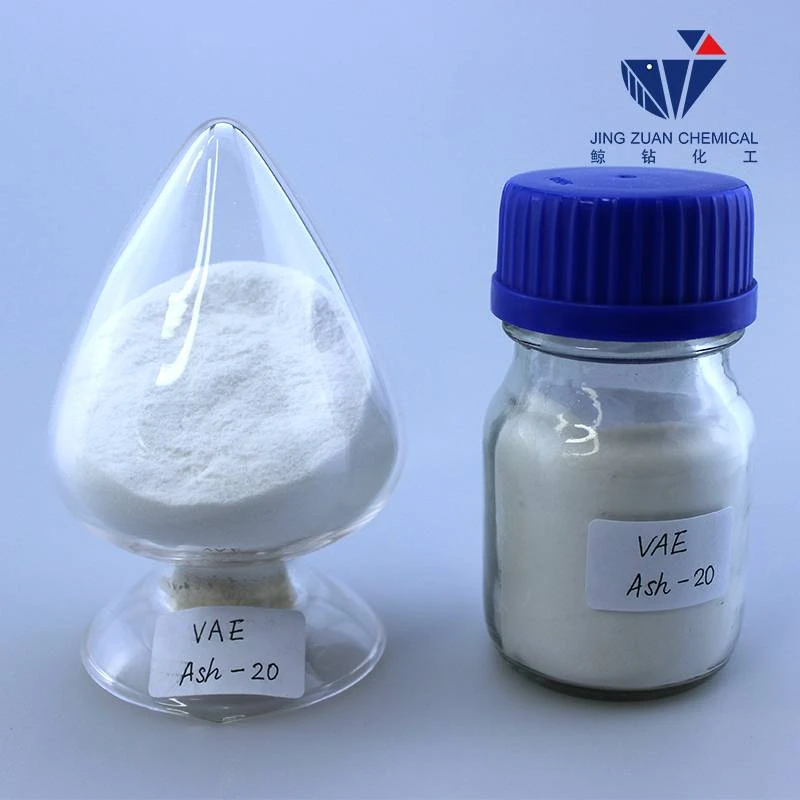
Dec . 16, 2024 15:47 Back to list
methyl hydroxyethyl cellulose mhec
Understanding Methyl Hydroxyethyl Cellulose (MHEC) Properties, Applications, and Benefits
Methyl Hydroxyethyl Cellulose (MHEC) is a water-soluble polymer derived from cellulose, a natural polysaccharide found in plant cell walls. MHEC possesses unique properties that make it a valuable ingredient in various industrial applications, particularly in the construction, pharmaceutical, and food industries. This article will delve into the characteristics, applications, and benefits of MHEC, highlighting its significance in modern technology and daily life.
Properties of MHEC
MHEC is characterized by its ability to form a gel in water, which contributes to its thickening and binding capabilities. It is a non-ionic ether of cellulose, and the substitution of methyl and hydroxyethyl groups influences its solubility and viscosity. The degree of substitution (DS), which refers to the number of hydroxyl groups replaced by methyl or hydroxyethyl groups on the cellulose backbone, affects its properties, including viscosity, gel strength, and film-forming capabilities.
One of the remarkable features of MHEC is its stability across a wide range of pH levels and temperatures. This stability makes it suitable for various formulations without the risk of degradation or loss of performance. Furthermore, MHEC is biodegradable and environmentally friendly, making it an appealing alternative to synthetic polymers.
Applications of MHEC
1. Construction Industry MHEC is widely used as a thickening agent and water-retaining polymer in cement-based products, such as tile adhesives, grouts, and mortars. Its ability to improve the workability and adhesion of these materials enhances the performance and longevity of construction applications. MHEC also helps in reducing water evaporation during the curing process, ensuring optimal hydration of cement.
2. Pharmaceutical Industry In the pharmaceutical sector, MHEC serves as a binder, thickener, and stabilizer in various formulations, including gels and creams. Its properties ensure uniform dispersion of active ingredients, enhancing drug delivery and efficacy. MHEC is also used in controlled-release formulations, where it helps regulate the release of drugs over time.
methyl hydroxyethyl cellulose mhec

3. Food Industry The food industry utilizes MHEC as a thickening agent and stabilizer in sauces, dressings, and ice creams. Its ability to provide a smooth texture and improve mouthfeel makes it a preferred ingredient in many processed foods. Furthermore, MHEC can enhance the shelf life of products by preventing the separation of ingredients.
4. Personal Care Products MHEC is widely found in cosmetics and personal care items, such as shampoos, lotions, and toothpaste. Its thickening and emulsifying properties improve product consistency and texture while offering a pleasant sensory experience for the user.
Benefits of MHEC
The incorporation of MHEC in various formulations comes with several advantages. Firstly, it improves the stability and shelf-life of products, which is essential in competitive markets. Secondly, MHEC enhances the texture and appearance of materials, making them more appealing to consumers. Its water retention capabilities contribute to reduced drying times in construction applications, increasing efficiency and effectiveness.
Moreover, MHEC is a sustainable option compared to many synthetic alternatives. Its biodegradability aligns with growing consumer demand for eco-friendly products, making it a suitable choice for companies striving to meet environmental standards.
Conclusion
Methyl Hydroxyethyl Cellulose (MHEC) is a versatile and invaluable polymer with numerous industrial applications. Its unique properties, including thickening, binding, and stabilizing capabilities, make it a popular choice in industries ranging from construction to pharmaceuticals and food. As sustainability becomes increasingly important, MHEC’s biodegradable nature positions it as a favorable alternative to traditional synthetic polymers. Ultimately, MHEC represents a fascinating area of study and application, bridging the gap between natural resources and modern technology while meeting the evolving needs of society.
-
Versatile Hpmc Uses in Different Industries
NewsJun.19,2025
-
Redispersible Powder's Role in Enhancing Durability of Construction Products
NewsJun.19,2025
-
Hydroxyethyl Cellulose Applications Driving Green Industrial Processes
NewsJun.19,2025
-
Exploring Different Redispersible Polymer Powder
NewsJun.19,2025
-
Choosing the Right Mortar Bonding Agent
NewsJun.19,2025
-
Applications and Significance of China Hpmc in Modern Industries
NewsJun.19,2025







